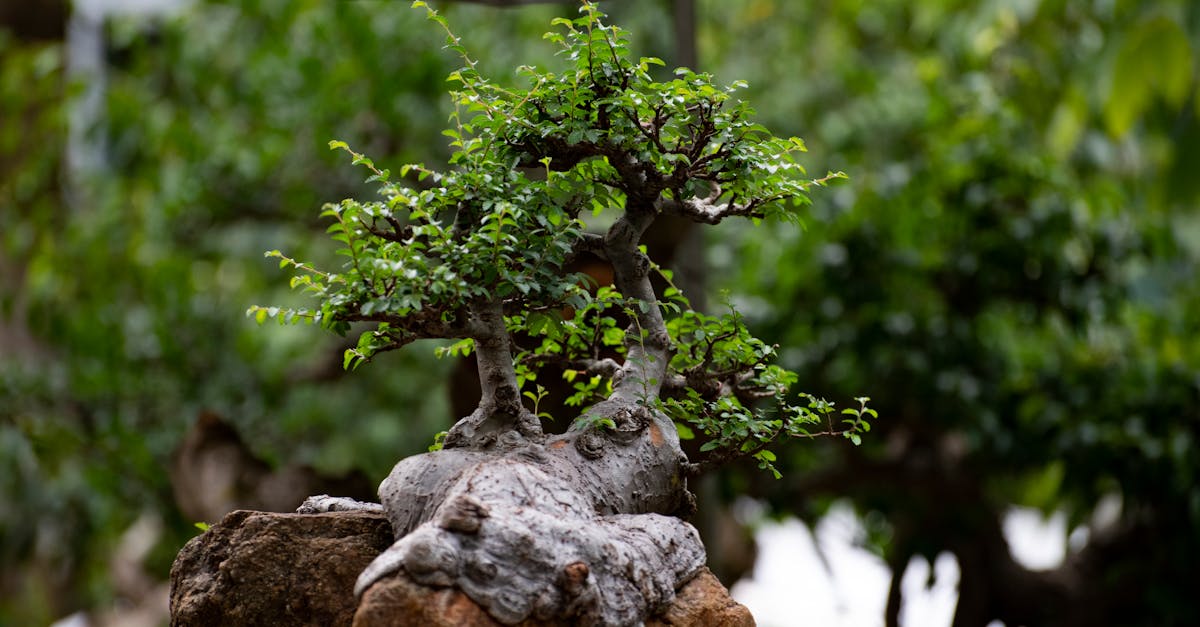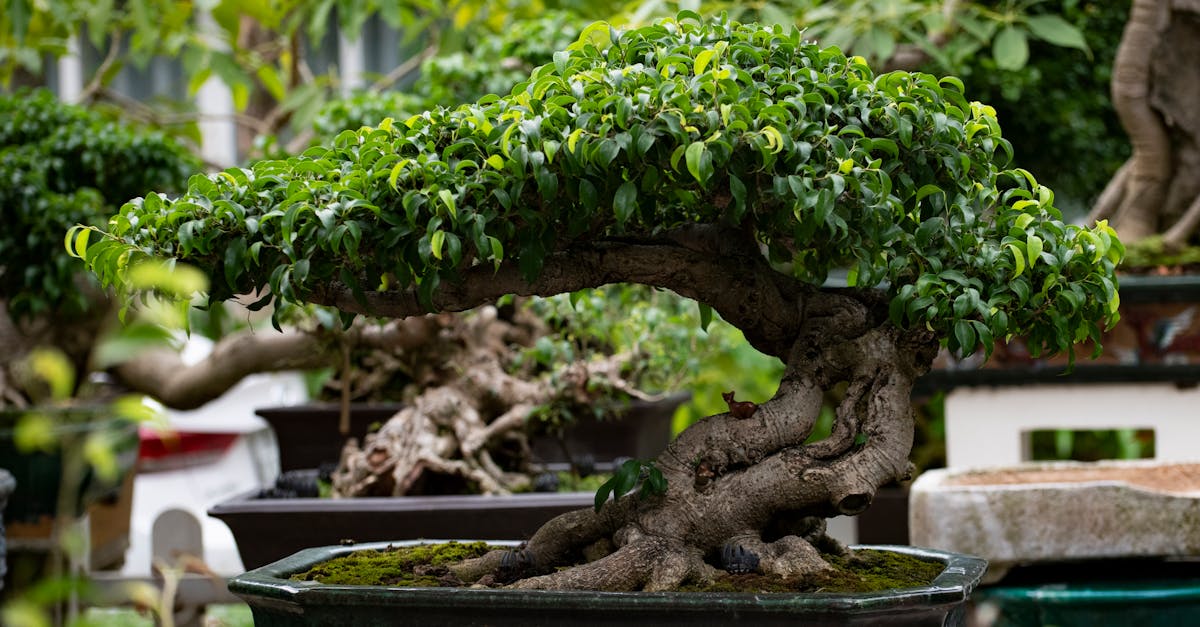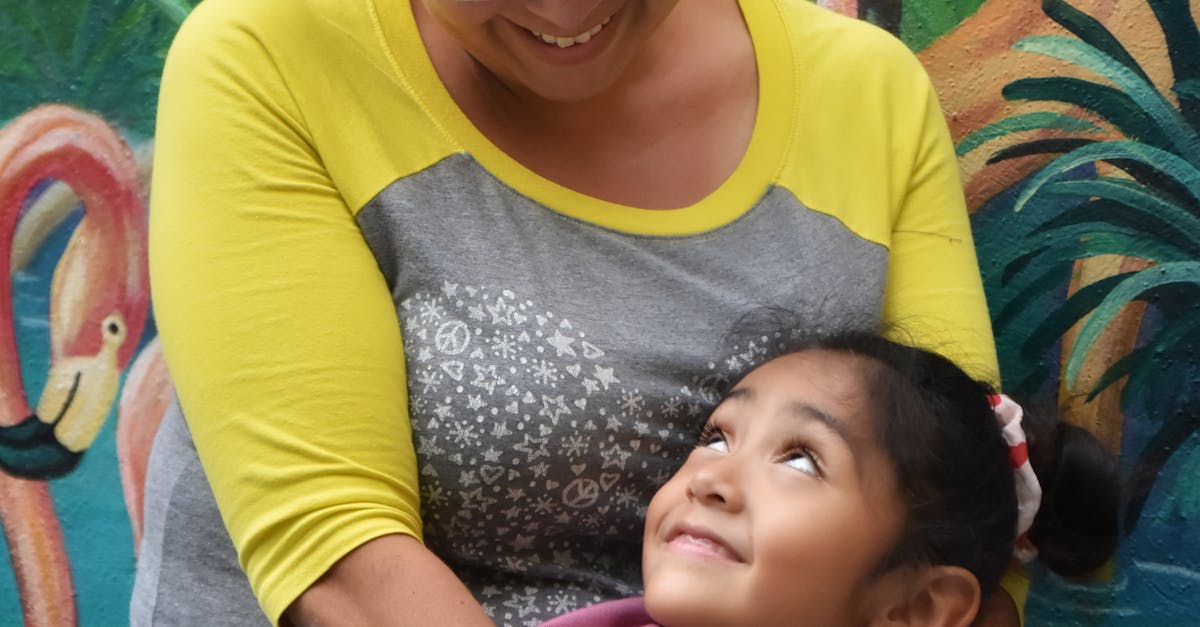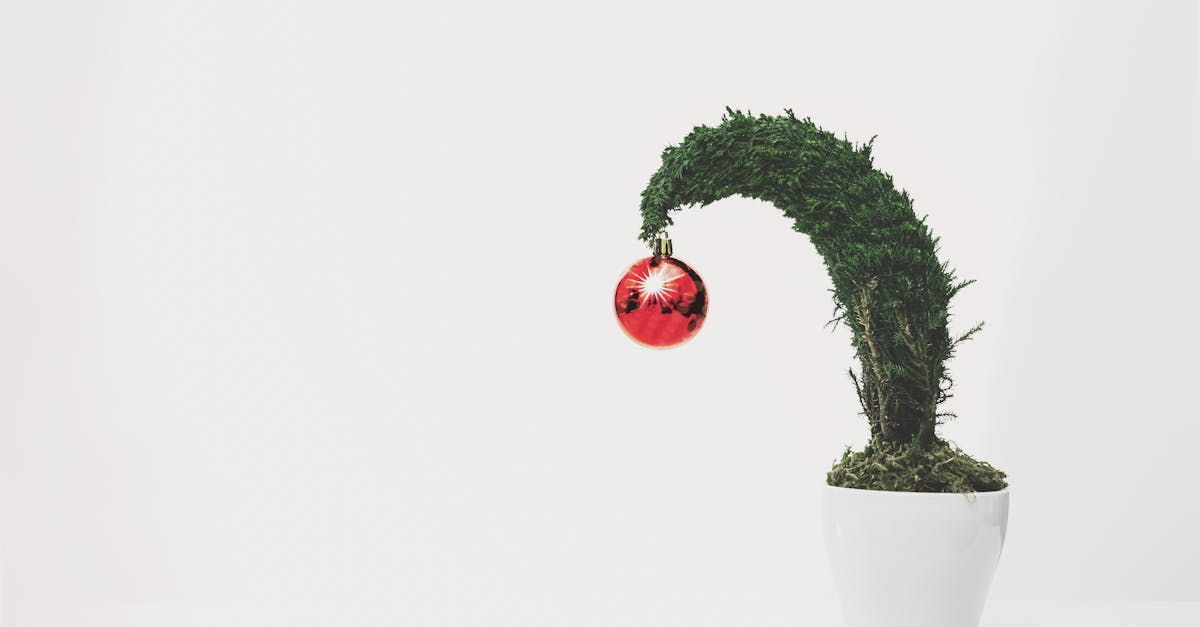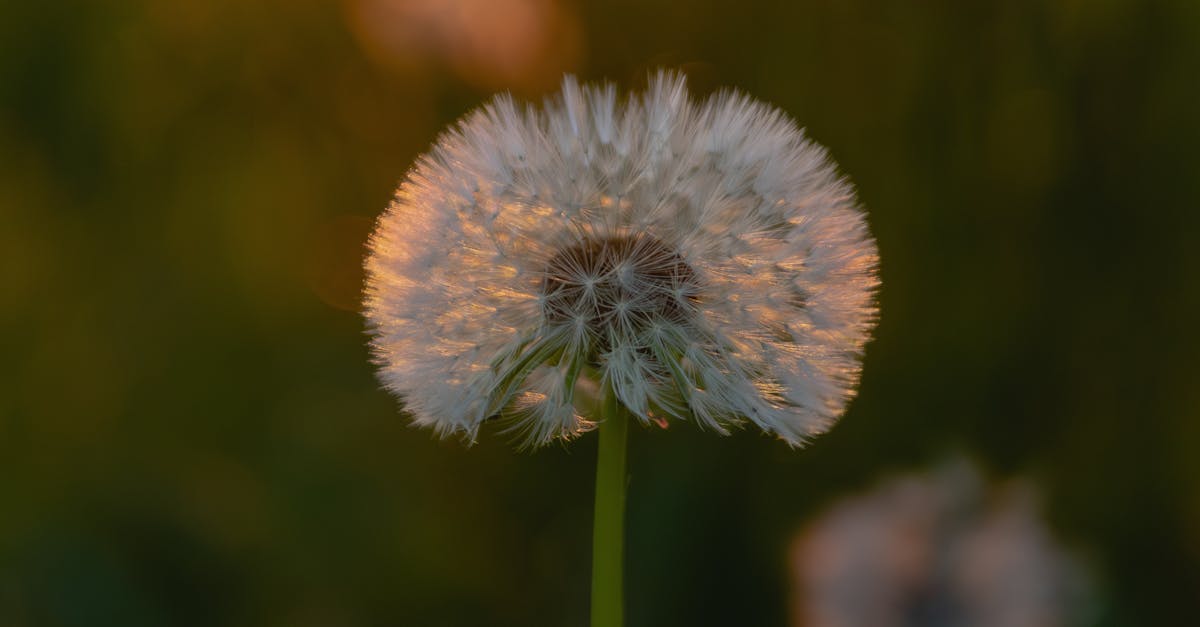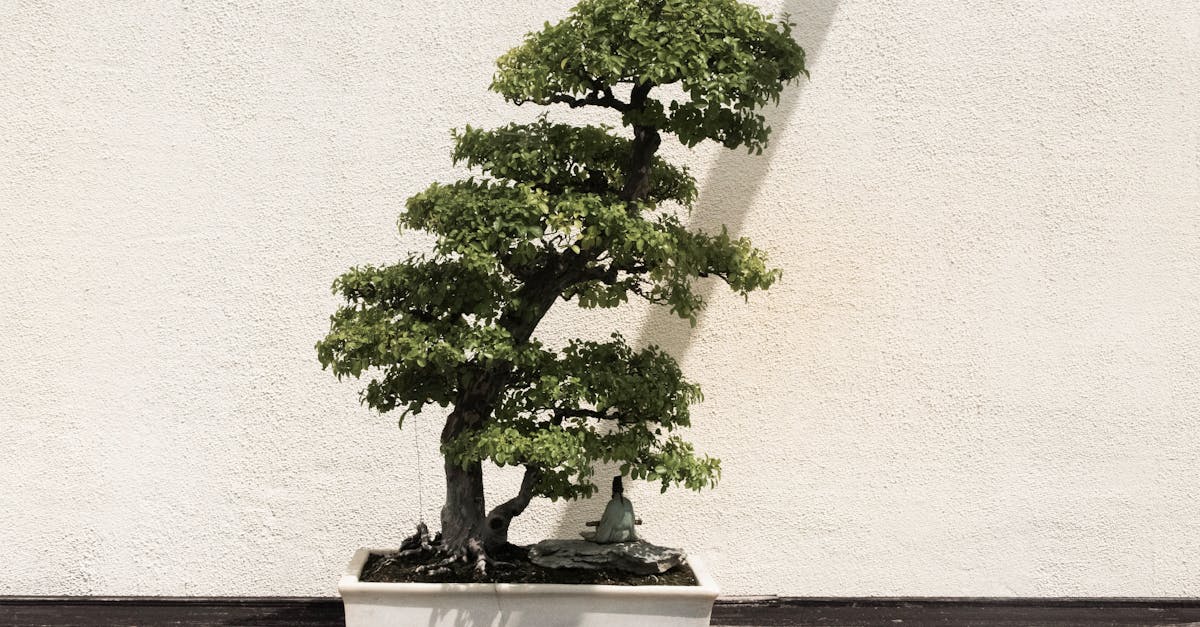Crafting the Perfect Bonsai: A Guide to Selecting Nursery Stock for Success
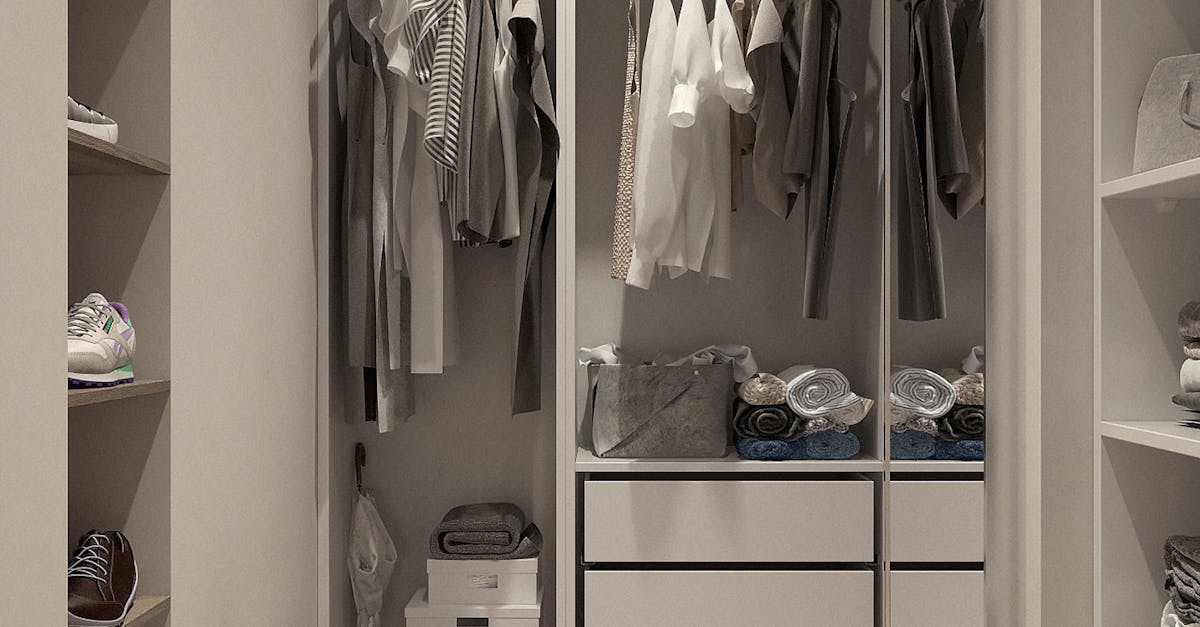
Choosing the right nursery stock is crucial for the success of any bonsai journey. Our comprehensive guide will equip you with the knowledge and strategies to select healthy and suitable trees that have the potential to transform into stunning miniature masterpieces. We’ll delve into the key factors to consider, such as species selection, foliage examination, trunk and root evaluation, and common nursery stock issues. By following our expert advice, you’ll increase your chances of cultivating a thriving bonsai that will bring joy and tranquility to your space.
In the realm of horticulture, bonsai stands as a captivating art form that celebrates the beauty of nature in miniature. These meticulously cultivated trees evoke the grandeur of ancient giants, inviting us to appreciate the intricate details and boundless potential within even the smallest of creations. Choosing the right nursery stock for bonsai is the foundation upon which this artistic endeavor rests. With the right tree, you can embark on a journey of patience, creativity, and connection with the natural world.
As you embark on this quest for the perfect nursery stock, keep in mind that not all trees are created equal. Some species are naturally suited to the art of bonsai, possessing characteristics such as small leaves, compact growth habits, and resilience to shaping. By understanding the unique traits of different tree species, you can make an informed decision that will set the stage for success in your bonsai endeavors.
1. Choosing the Right Species
When embarking on the journey of selecting the perfect tree for your bonsai creation, it is essential to consider the species you choose. Different species possess unique characteristics that influence their suitability for bonsai cultivation, and understanding these traits will empower you to make an informed decision. Factors such as hardiness, growth rate, and aesthetic appeal should be carefully evaluated to ensure the tree aligns with your specific climate and skill level.
Hardiness refers to a tree’s ability to withstand various environmental conditions, including temperature extremes, drought, and pests. Choosing a species that is well-suited to your local climate will increase its chances of thriving as a bonsai. For beginners, it is advisable to opt for hardier species that are more tolerant of mistakes and less prone to succumb to adverse conditions.
Growth rate is another crucial factor to consider, as it will impact the pace of your bonsai’s development. Fast-growing species, while offering the satisfaction of rapid progress, require more frequent pruning and shaping to maintain their desired size and form. Conversely, slow-growing species demand patience but offer greater control over the tree’s development, making them more suitable for experienced enthusiasts. Ultimately, the choice between a fast- or slow-growing species depends on your personal preferences and the time frame you have in mind for your bonsai project.
Deciduous vs. Evergreen Species
In the realm of bonsai, the choice between deciduous and evergreen species presents unique considerations that can influence the cultivation process and aesthetic appeal of your miniature tree. Understanding the inherent characteristics of each type will empower you to make an informed decision based on your preferences and the desired outcome.
Deciduous species, renowned for their seasonal transformation, shed their leaves during autumn or winter. This natural cycle adds a dynamic element to bonsai cultivation, allowing you to appreciate the tree’s bare structure during the dormant season. Deciduous trees require specific care during this period, including protection from extreme cold and proper watering to prevent dehydration. However, the stunning display of fresh foliage and vibrant colors in spring makes deciduous species highly sought after among bonsai enthusiasts.
Evergreen species, on the other hand, retain their leaves throughout the year, providing a constant verdant presence in your bonsai display. They are generally more tolerant of neglect and can withstand adverse conditions better than deciduous species. However, evergreens require regular pruning to maintain their shape and prevent legginess. The lack of seasonal change can also limit the visual interest for some enthusiasts, but the year-round foliage offers a sense of stability and permanence.
Climate Considerations
Climate plays a pivotal role in determining the success of your bonsai, and careful consideration must be given to matching the tree species to your local environment. Factors such as temperature, humidity, and sunlight exposure can significantly impact the health and growth of your miniature tree.
Understanding your local climate’s temperature range is crucial. Some species thrive in warm, humid climates, while others prefer cooler, drier conditions. Choosing a species that is well-suited to your temperature zone will increase its chances of flourishing as a bonsai. Additionally, consider the potential for extreme temperatures, such as heat waves or寒冬, and select a species that can tolerate these conditions.
Humidity levels also play a role in bonsai cultivation. Some species, such as tropical trees, require high humidity to maintain their health. If you live in a dry climate, you may need to provide additional humidity for your bonsai, such as using a humidifier or placing the tree on a tray of wet pebbles. Conversely, trees from arid climates prefer lower humidity levels and may struggle in humid environments.
2. Examining the Foliage
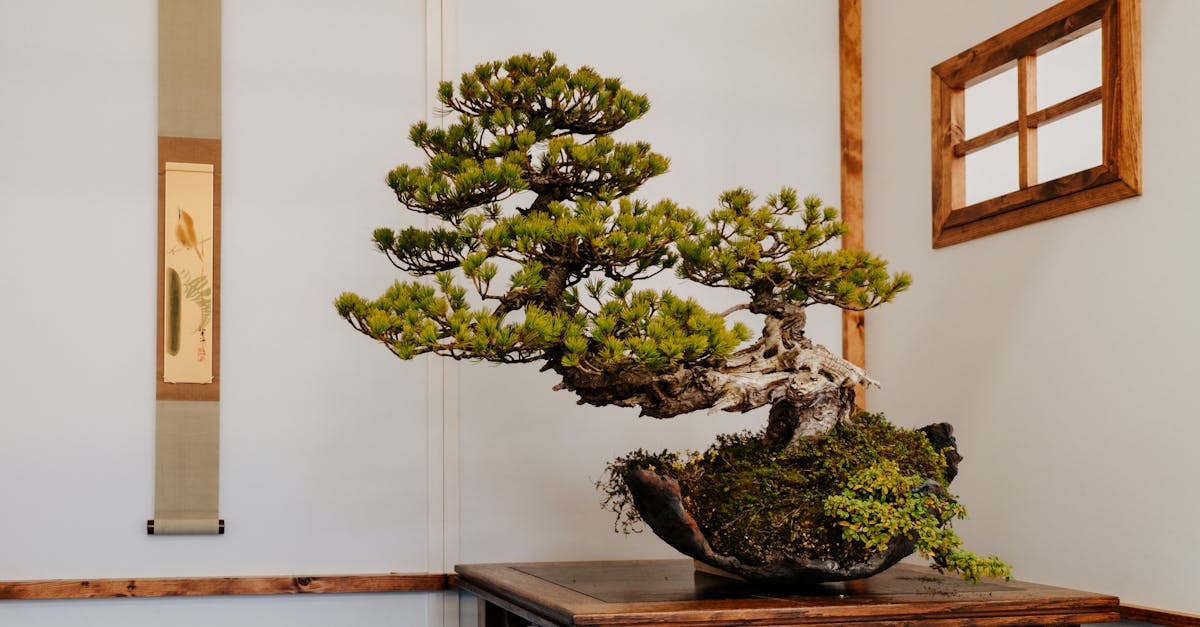
When selecting nursery stock for bonsai, meticulous examination of the foliage is essential to assess its overall health and suitability. The size, shape, and color of the leaves can influence the aesthetic appeal of your future bonsai, while signs of pests or diseases can indicate potential problems that need to be addressed.
Leaf size and shape play a significant role in determining the scale and style of your bonsai. Smaller leaves are generally preferred for smaller bonsai, as they create a more refined and delicate look. The shape of the leaves can also contribute to the overall character of the tree. For example, rounded leaves convey a softer, more feminine appearance, while elongated or lobed leaves can create a more dynamic and masculine look.
The color of the foliage is another important consideration. Some species exhibit vibrant shades of green, while others showcase stunning seasonal transformations with hues of red, orange, and yellow. Consider the color palette you desire for your bonsai and choose a species that aligns with your vision. Additionally, be on the lookout for any signs of discoloration, yellowing, or spots, which may indicate nutrient deficiencies or disease.
Leaf Size and Shape
When selecting nursery stock for bonsai, careful consideration should be given to the size and shape of the leaves, as these factors can significantly impact the overall aesthetic and style of your future miniature tree.
Leaf size plays a crucial role in determining the scale of your bonsai. Smaller leaves are generally preferred for smaller bonsai, as they create a more refined and delicate look. Conversely, larger leaves can be more suitable for larger bonsai, as they can add a sense of grandeur and maturity to the tree. The size of the leaves should also be proportionate to the size of the trunk and branches, ensuring a harmonious overall appearance.
Leaf shape is another important element that contributes to the character of your bonsai. Different leaf shapes can evoke distinct emotions and impressions. For example, rounded leaves convey a softer, more feminine appearance, while elongated or lobed leaves can create a more dynamic and masculine look. The shape of the leaves can also be used to create specific illusions or effects. For instance, trees with small, densely packed leaves can resemble clouds or cascading waterfalls, adding an ethereal touch to your bonsai display.
Foliar Health
Examining the foliage of nursery stock is essential to assess its overall health and suitability for bonsai. Healthy foliage is characterized by several key indicators:
Vibrant color: The leaves should exhibit a deep, rich green color, indicating good chlorophyll production and overall health. Avoid trees with yellowing or pale leaves, as these may be signs of nutrient deficiencies or disease.
Absence of yellowing or spots: The leaves should be free of any yellowing or spots, which can indicate nutrient deficiencies, pests, or diseases. These imperfections can affect the overall aesthetic of your bonsai and may require additional care to address.
Freedom from pests and diseases: Carefully inspect the leaves for any signs of pests or diseases, such as insects, webbing, or discoloration. The presence of pests or diseases can weaken the tree and make it more susceptible to further damage. Choosing pest- and disease-free stock will give your bonsai a better chance of thriving in your care.
3. Evaluating the Trunk and Roots
Evaluating the trunk and roots of nursery stock is crucial to assess the structural integrity and overall health of the tree. These factors will influence the future development and stability of your bonsai.
Trunk thickness and taper: The trunk should have sufficient thickness and taper for the intended size and style of your bonsai. A thicker trunk can support larger branches and heavier foliage, while a pronounced taper from the base to the apex creates a more dynamic and visually appealing tree. Avoid trees with weak or spindly trunks, as they may not be able to support the weight of the tree or withstand strong winds.
Root structure: The root system should be well-developed and fibrous, with no signs of circling or damaged roots. The roots should be firmly anchored in the soil and spread out evenly throughout the root ball. Avoid trees with excessively long or bare roots, as these may indicate root damage or improper care. A healthy root system will provide a strong foundation for your bonsai and ensure its ability to absorb water and nutrients effectively.
Trunk Thickness and Taper
The thickness and taper of the trunk are important factors to consider when selecting nursery stock for bonsai, as they can significantly impact the overall appearance and style of your future miniature tree.
Trunk thickness: The thickness of the trunk should be proportionate to the size and style of the bonsai. Smaller bonsai generally have thinner trunks, while larger bonsai can support thicker trunks. The thickness of the trunk also affects the tree’s ability to support branches and foliage. A thicker trunk can support more weight, allowing for a more elaborate and visually interesting branch structure.
Trunk taper: The taper of the trunk refers to the gradual decrease in thickness from the base to the apex of the tree. A pronounced taper creates a more dynamic and visually appealing tree, as it adds a sense of movement and elegance. The rate of taper can vary depending on the species of tree and the desired style. Some styles, such as the formal upright style, call for a more pronounced taper, while other styles, such as the literati style, may have a more gradual taper.
Root Structure
Inspecting the root ball of nursery stock is crucial to assess the health and vigor of the tree. A healthy root system is essential for the tree’s ability to absorb water and nutrients, and it provides a strong foundation for the trunk and branches. When examining the root ball, there are several key factors to consider:
Density and fibrousness: The root ball should be densely packed with fibrous roots. Fibrous roots are small, hair-like roots that are responsible for absorbing water and nutrients from the soil. A dense network of fibrous roots indicates a healthy root system that is able to efficiently absorb water and nutrients.
Absence of circling or damaged roots: Circling roots are roots that grow in a circular pattern around the root ball. Damaged roots may be broken, torn, or have other injuries. Both circling and damaged roots can restrict the tree’s ability to absorb water and nutrients, and they can also weaken the tree and make it more susceptible to disease. Avoid trees with circling or damaged roots, or carefully prune away any circling roots before planting.
4. Common Nursery Stock Issues
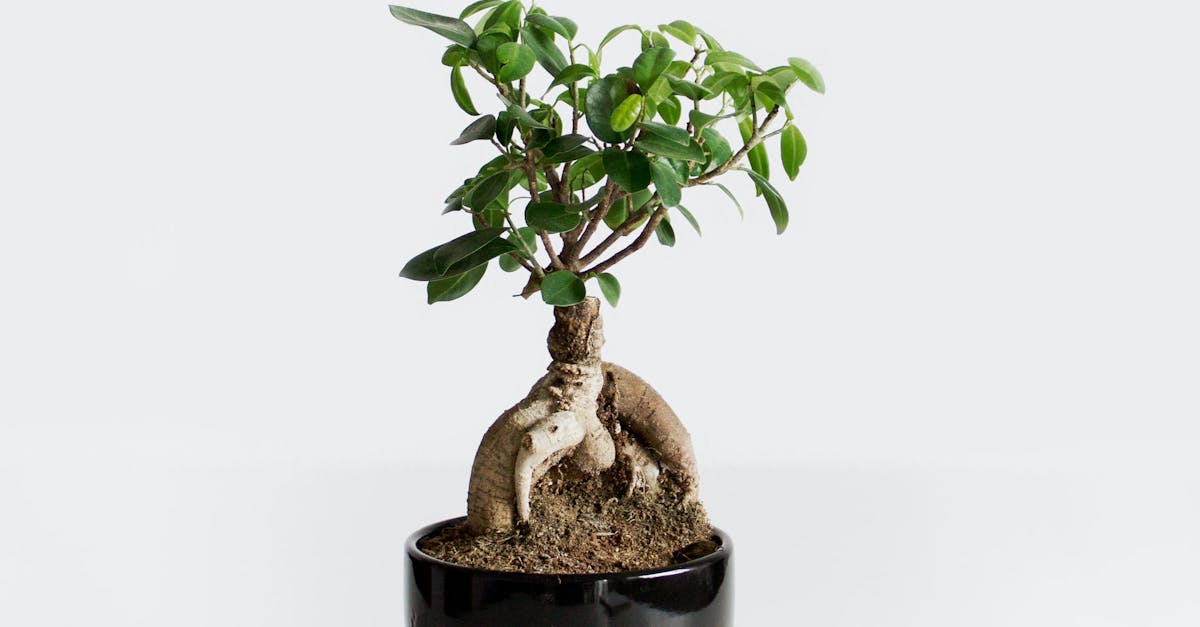
When selecting nursery stock for bonsai, it is important to be aware of potential problems and issues that may affect the health and development of the tree. Some common issues to look out for include:
Root-bound plants: Root-bound plants are trees that have been grown in containers for too long and their roots have become pot-bound. This can restrict the tree’s ability to absorb water and nutrients, and it can also stunt the growth of the tree. To avoid root-bound plants, choose trees that have been recently repotted or that are growing in containers that are large enough for their root systems.
Pest infestations: Nursery stock can sometimes be infested with pests, such as aphids, scale, or mealybugs. These pests can damage the leaves, stems, and roots of the tree, and they can also spread diseases. To avoid pest infestations, carefully inspect the tree for any signs of pests before purchasing it. You can also treat the tree with an appropriate pesticide before planting it.
Root-Bound Plants
Root-bound plants are trees that have been grown in containers for too long and their roots have become pot-bound. This can restrict the tree’s ability to absorb water and nutrients, and it can also stunt the growth of the tree. Recognizing and correcting the condition of root-bound plants is important for their long-term health and development.
Signs of root-bound plants: There are several signs that may indicate that a plant is root-bound. These include: * Roots that are circling the inside of the pot * Roots that are growing out of the drainage holes in the bottom of the pot * A pot that is difficult to remove the plant from * Slowed growth or stunted growth * Yellowing leaves
Correcting root-bound plants: If you have a root-bound plant, there are several steps you can take to correct the condition and promote healthy growth: * Carefully remove the plant from its pot and gently loosen the roots. * Prune away any circling roots. * Repot the plant in a larger pot with fresh potting mix.
Pest and Disease Control
Nursery stock can be susceptible to a variety of pests and diseases, which can damage the tree and affect its growth and development. Identifying common pests and diseases and implementing appropriate control measures is important to maintain the health of your bonsai tree.
Common pests: Some common pests that can affect nursery stock include: * Aphids: Small, soft-bodied insects that feed on the sap of plants. * Scale: Small, armored insects that attach themselves to the stems and leaves of plants. * Mealybugs: Small, white insects that are covered in a waxy substance. * Spider mites: Tiny, spider-like creatures that feed on the leaves of plants.
Common diseases: Some common diseases that can affect nursery stock include: * Powdery mildew: A fungal disease that causes a white powdery growth on the leaves of plants. * Leaf spot: A fungal disease that causes brown or black spots on the leaves of plants. * Root rot: A fungal disease that attacks the roots of plants, causing them to rot and die.
5. Tips for Successful Selection
To increase your chances of successfully selecting healthy and suitable nursery stock for bonsai, consider the following tips:
-
Choose reputable nurseries: Select trees from reputable nurseries that have a good track record of providing healthy and well-maintained plants. Look for nurseries that specialize in bonsai or that have a good selection of trees that are suitable for bonsai.
-
Consider future growth potential: When selecting nursery stock, consider the future growth potential of the tree. Choose trees that have the potential to develop into the size and shape that you desire for your bonsai.
-
Understand the specific requirements of different bonsai styles: Different bonsai styles have different requirements in terms of tree size, shape, and foliage. Familiarize yourself with the specific requirements of the bonsai style that you are interested in before selecting nursery stock.
Choosing Reputable Nurseries
Obtaining nursery stock from reputable sources is crucial for the success of your bonsai. Reputable nurseries take pride in providing healthy and well-maintained plants, increasing your chances of cultivating a thriving bonsai. Here’s why choosing reputable nurseries matters:
-
Healthy plants: Reputable nurseries prioritize the health of their plants, ensuring they are free from pests, diseases, and nutrient deficiencies. Healthy nursery stock has a higher survival rate and is more likely to adapt successfully to your growing conditions.
-
Proper care and maintenance: Reputable nurseries provide proper care and maintenance to their plants, including regular watering, fertilization, and pest control. This ensures that the nursery stock you purchase has received the optimal conditions for healthy growth and development.
Considering Future Growth
When selecting nursery stock for bonsai, it is essential to consider the future growth potential of the tree. Bonsai is a journey that unfolds over years, and the tree you choose today will evolve into a mature bonsai with unique character and beauty. Here’s why anticipating future growth is crucial:
-
Matching size and style: Different bonsai styles have specific size requirements. Considering the future size of the tree will help you select nursery stock that has the potential to develop into the desired size and shape for your chosen style.
-
Trunk development: The trunk is the foundation of a bonsai. Selecting nursery stock with a strong, well-developed trunk will provide a solid base for future training and shaping. Look for trees with a sturdy trunk that has good taper and movement.
Matching to Bonsai Styles
Matching nursery stock to specific bonsai styles is essential for achieving the desired aesthetic and character. Each bonsai style has unique characteristics, and selecting trees with these traits will set you on the path to success. Here’s how matching to bonsai styles matters:
-
Upright style: Upright bonsai emulate the grandeur of towering trees in nature. Look for nursery stock with a straight, strong trunk and a well-defined taper. The branches should be arranged in a balanced and harmonious manner, creating an elegant and dignified composition.
-
Cascade style: Cascade bonsai evoke the image of waterfalls flowing down a mountainside. Select nursery stock with a flexible trunk that can be trained to cascade over the edge of the pot. The branches should be arranged in a graceful and dynamic manner, creating a sense of movement and fluidity.
What time of year is best to select nursery stock for bonsai?
The best time to select nursery stock for bonsai depends on your climate and the species of tree you are interested in. In general, it is best to select trees during their dormant season, when they are not actively growing. This will give you a chance to inspect the tree’s structure and health before it leafs out.
What are some common mistakes to avoid when selecting nursery stock for bonsai?
Some common mistakes to avoid when selecting nursery stock for bonsai include: choosing trees that are too large or too small, not considering the future growth potential of the tree, and not inspecting the tree for pests or diseases.
How can I increase my chances of successfully selecting healthy and suitable nursery stock for bonsai?
To increase your chances of successfully selecting healthy and suitable nursery stock for bonsai, consider the following tips: choose reputable nurseries, consider the future growth potential of the tree, understand the specific requirements of different bonsai styles, and carefully inspect the tree for pests or diseases.

